If you are a fitness coach and truly dedicated to improving fitness, then BeastScore is for you. This post explains everything you need to know about measuring, tracking, and improving fitness with BeastScore. We go over what BeastScore is, what it isn’t, the advantages it has over similar (but really totally different) services, and how it can take your coaching to the next level.
- Attract more clients
- Improve client retention
- Increase revenue
- Show the world how effective your training is
Contents
What is “BeastScore”?
BeastScore is a true, absolute measure of fitness. It is the world’s first measure of fitness and equal to an athlete’s total work capacity and has units of ft-lbs.
First, let’s take a closer look at the claim “world’s first measure of fitness.” It’s true- no one has measured fitness before. Some fitness professionals have looked at VO2max, resting heart rate, heart rate recovery, and other indicators to measure fitness level, but these aren’t actually measurements of fitness at all. VO2max is just a measure of how much oxygen a person is burning; it doesn’t tell you anything about how much work the person actually performed. And neither do any of these other so-called indicators of fitness.
BeastScore describes an athlete’s true and complete fitness. BeastScore is equal to a person’s work capacity and ability to do work, whether it be deadlift, squat, run, row, do pull-ups, or jump rope.
An athlete with a higher BeastScore has a higher overall fitness level and would therefore be expected to perform better at competitions. BeastScore is a measure of total general physical preparedness – the ability to perform well at any random task.
BeastScore is calculated using eight scientifically selected exercises and WODs: clean and jerk, back squat, 500 m row, 1 mi run, Fran, Grace, Annie, and Cindy. More details about what BeastScore measures and how it’s calculated can be found on the BeastScore 101 page (if you recall your CF-L1 training, you’ll already know what BeastScore measures…).

This chart shows an athlete’s average power during the eight BeastScore exercises clean and jerk, backsquat, 500 m row, 1 mi run, Fran, Grace, Annie, and Cindy. The area under the curve is total work capacity which we call BeastScore.
Absolute Versus Relative Measurements of Fitness
BeastScore is an absolute measure of fitness with units of ft-lbs, similar to using pounds/kilograms for a lift. An alternative way to describe fitness is with relative measures of performance. These relative measurement methods are typically scored on a scale of 1-99, and are akin to percentiles. An athlete with a fitness level of “99” would therefore be in the 99th percentile of all athletes. This type of relative scoring is not a direct measurement of fitness and has a number of drawbacks.
The main issue with relative measures of performance is that they don’t tell you what your fitness actually is. It’s like saying your back squat is “in the 99th percentile” rather than telling you it is “315 lbs.” Both are useful to know, but 315 lbs is much more important than knowing it’s in the 99th percentile. At BeastScore we tell you both, and we are the only service in the world that can tell you your fitness level / total work capacity is “165 ft-lbs.”
Relative measures of performance have a number of other issues as well:
- What if everyone is getting fitter together? The fitness scores / percentiles won’t change and you won’t be able to see fitness improving.
- A scale with just 100 demarcations leaves a lot of room within each percentile. The resolution isn’t fine enough to indicate improvement that is seen over weeks or a few months. For example, it takes several pounds to move up from the 66th to 67th percentile on the back squat. So even though your back squat is improving, you can’t see that on a scale of 1-99.
- How do you compare athletes of one generation to another? What if we were recording deadlifts as percentiles instead of with pounds/kilograms 100 years ago? The athletes in the 99th percentile 100 years ago were no where near the athletes in the 99th percentile now. Or even more extreme, what if we recorded sprint times as percentiles instead of with minutes and seconds? Rich Froning is obviously in the 99th percentile of all athletes on the planet. The best athletes are always, by definition, in the “99th percentile.” We estimate Rich Froning to have a BeastScore of 245 ft-lbs and can’t wait for the day when we see an athlete with a BeastScore over 250! Or what if one day they approach 300?! Seeing this kind of advancement is not possible with relative scoring methods.
It’s useful to know how your fitness compares to the rest of the community, but it’s even more important to actually measure it directly with an absolute scale. Therefore, we provide both at BeastScore.
Overview of BeastScore.com
Competition Division Levels
Because BeastScore is a real, absolute measure of fitness, it provides a great foundation upon which to base competition division levels. This was the original motivation for creating BeastScore. This works by having athletes register at BeastScore.com, enter their scores for the eight required exercises, and receive their BeastScore. Then their BeastScore dictates what division level of the competition they fall into. This system puts an end to sandbagging.
Today, BeastScore can still be used for competition division levels, but the focus has shifted to supporting athletes – and ultimately fitness coaches.
BeastScore and 6 Other Fitness Scores
BeastScore.com supports 100+ lifts, WODs and other movements, not just the eight required for a BeastScore. We use these scores to calculate 6 other fitness scores in addition to BeastScore: Olympic Total, Powerlift Total, Endurance, Strength, Metcon, and Bodyweight. BeastScore describes an athlete’s total work capacity, whereas the other 6 scores are more focused and useful for finding strengths and weaknesses, and also identifying specialists for a team event.
Percentiles and Leaderboards
As we discussed above, it’s not enough to just report raw numbers for fitness; athletes want to know how their 165.5 BeastScore or 315 lb. back squat compares to the rest of the community. So, for each of the 100+ fitness scores, movements and WODs we have on the site, we report the percentile and rank for each score that is logged.
We also report community averages by gender and as a whole. The following screenshot shows one athlete’s deadlift log (3 PRs recorded) along with the community data on the right. This athlete’s deadlift has improved from 275 lbs to 315 lbs, which corresponds to moving up from the 7th percentile to the 16th. Leaderboards are also available to show exactly where the athlete ranks for deadlift at his gym or around the world. All of this can be seen for all 7 fitness scores and 100+ movements and WODs.
Weakness Bias Training
Because BeastScore.com reports percentiles in addition to raw values, identifying strengths and weaknesses is quite easy. To do this, we simply provide a list of all 100+ movements and WODs sort by the athlete’s percentiles. The following two screenshots show one athlete’s greatest strengths (first screenshot) and clearest weaknesses (second screenshot).
Gym Accounts
Although BeastScore does a lot to serve competitions and athletes, it’s gym owners that BeastScore is really focused on. Our mission is to make it as easy as possible for gym owners to measure and track their member fitness. In fact, since we are the only service to provide an absolute measure of fitness, we are the only way to truly measure and track fitness.
To accomplish this, we offer Gym Accounts for coaches and gym owners. These plans include:
- Separate Premium Accounts for each individual member and coach at the gym
- Access to the Coaches Tools for measuring and tracking member/client fitness (restricted to coaches only)
- Ability to log and track custom workouts/movements in addition to the 100+ built-in movements/WODs
We provide coaches and gym owners all the tools they need to measure and track every aspect of their members’ fitness over any time period they choose. Plus, the data entry is automated since all gym members get individual BeastScore.com accounts, allowing them to log their own scores.
Coaches Tools
The Coaches Tools page (shown below) is what coaches use to measure and track member fitness. Coaches simply select a movement, WOD, or fitness score along with the time period of interest and their member data is shown. Within a few seconds, coaches can see precisely the impact of their training blocks: did back squats go up? Did endurance improve? Did overall fitness / BeastScores improve? By how much? Who showed improvement and who didn’t? This data is available for all 7 fitness scores and 100+ movements and WODs.
The World’s Best Way to Measure and Track Fitness
Not only is BeastScore the world’s first and only real measure of fitness, it’s also the best and easiest way for gym owners to see the impact of their training methods. For coaches truly dedicated to improving fitness, it’s an indispensable tool.

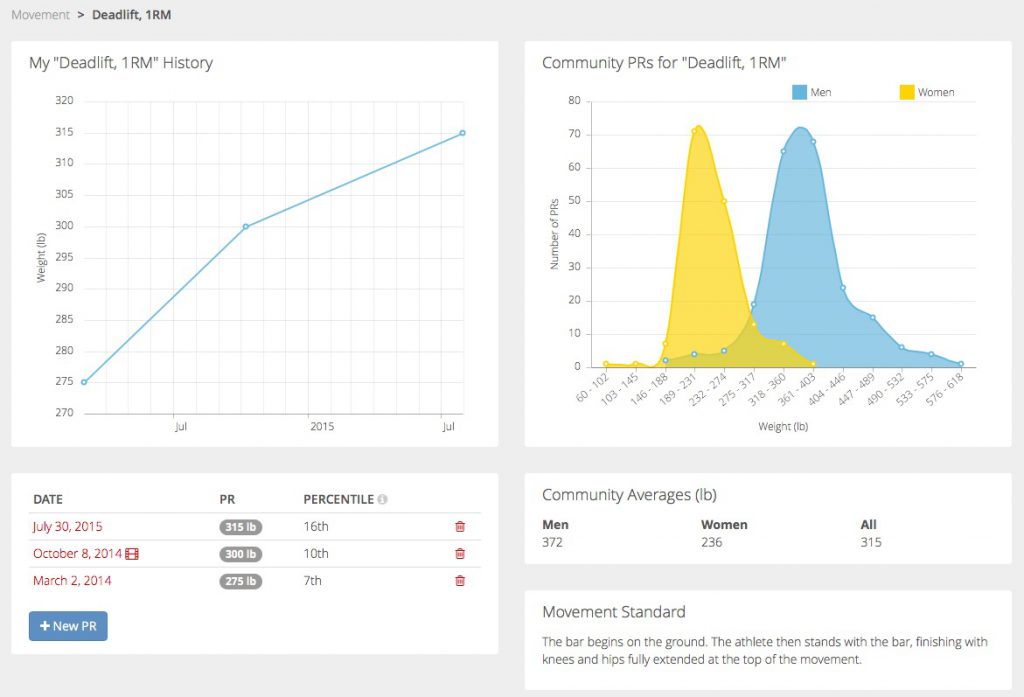
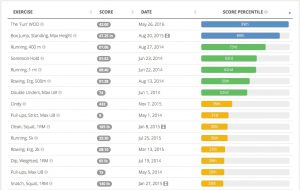
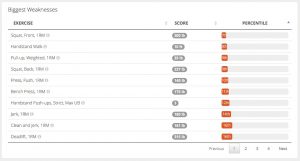
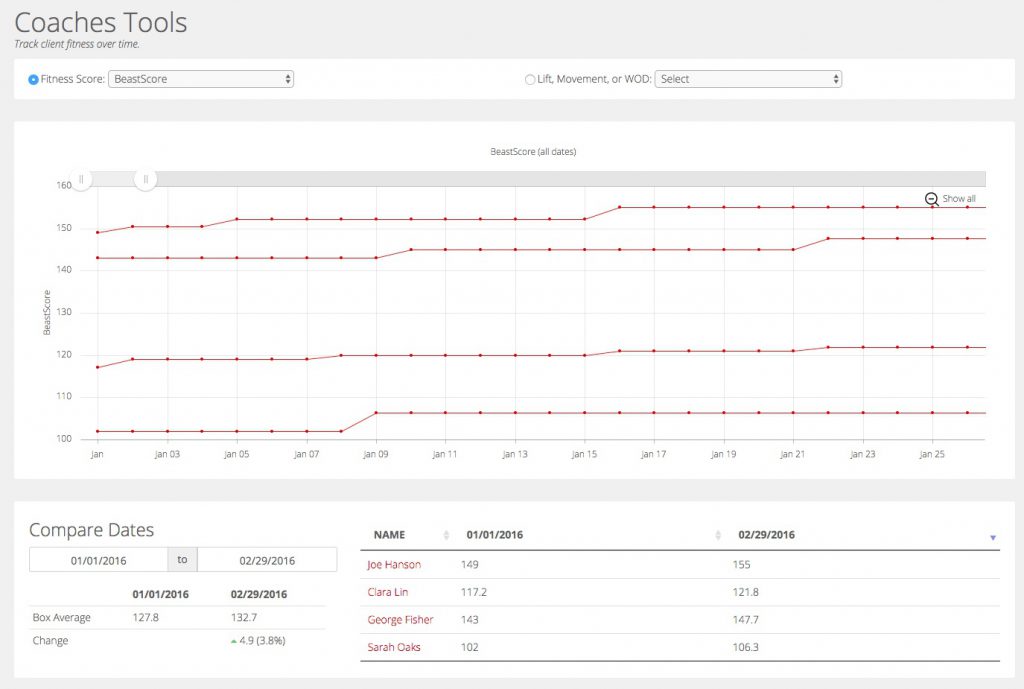

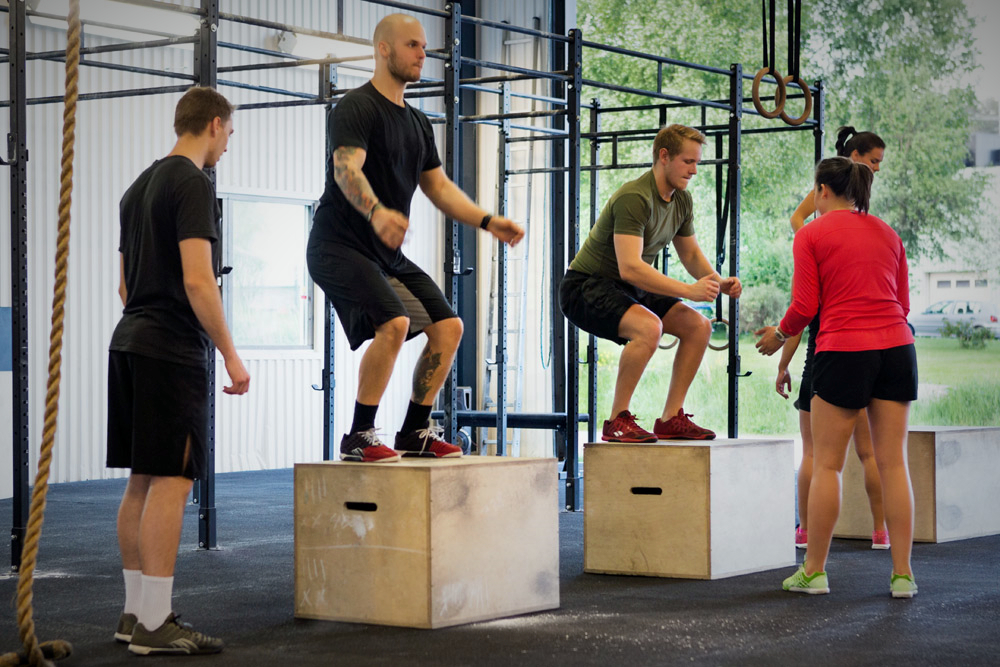
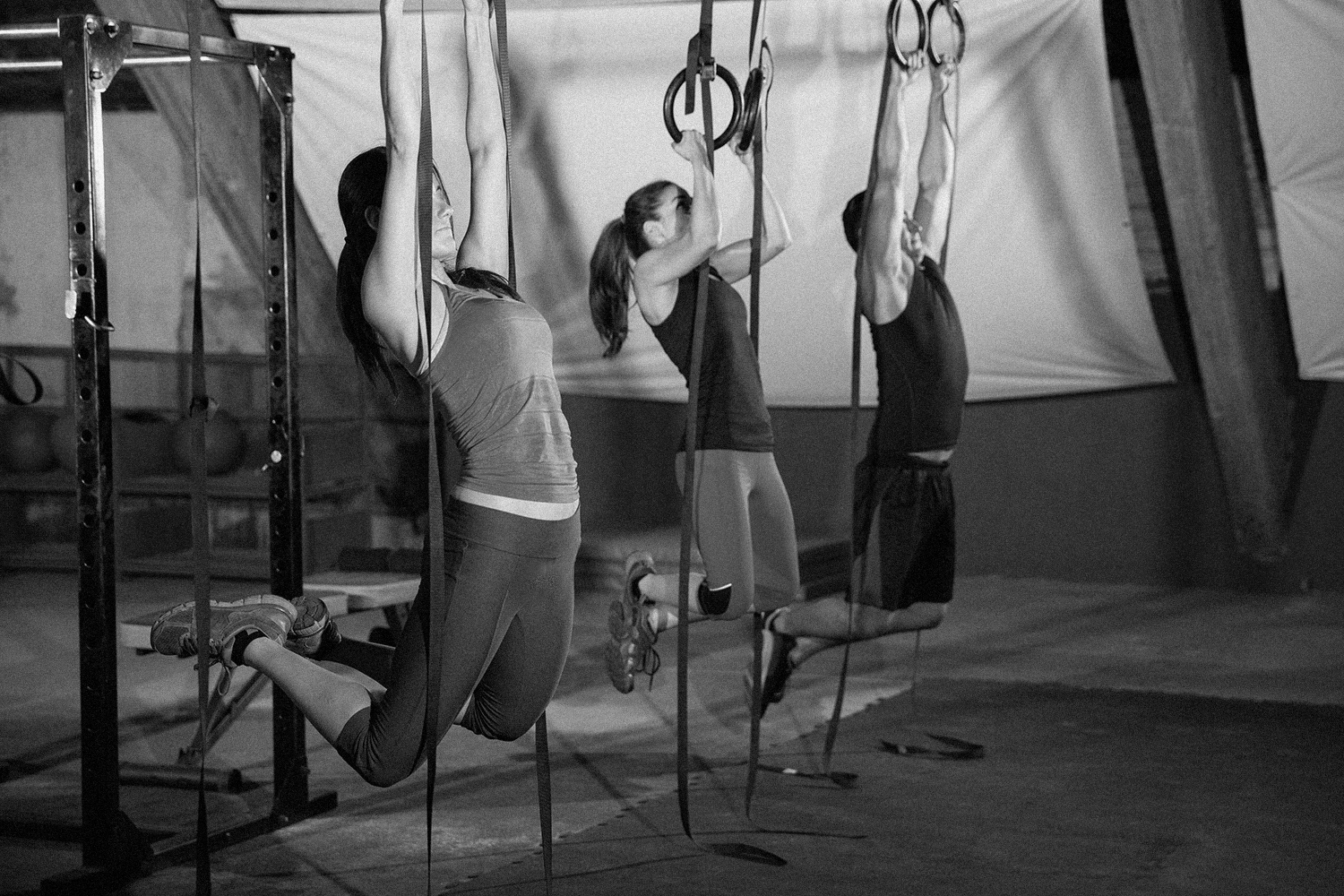
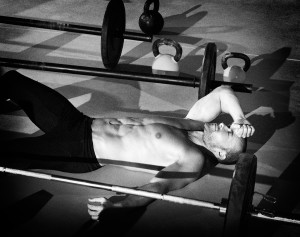
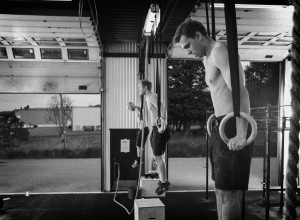 1. Get Fitter
1. Get Fitter